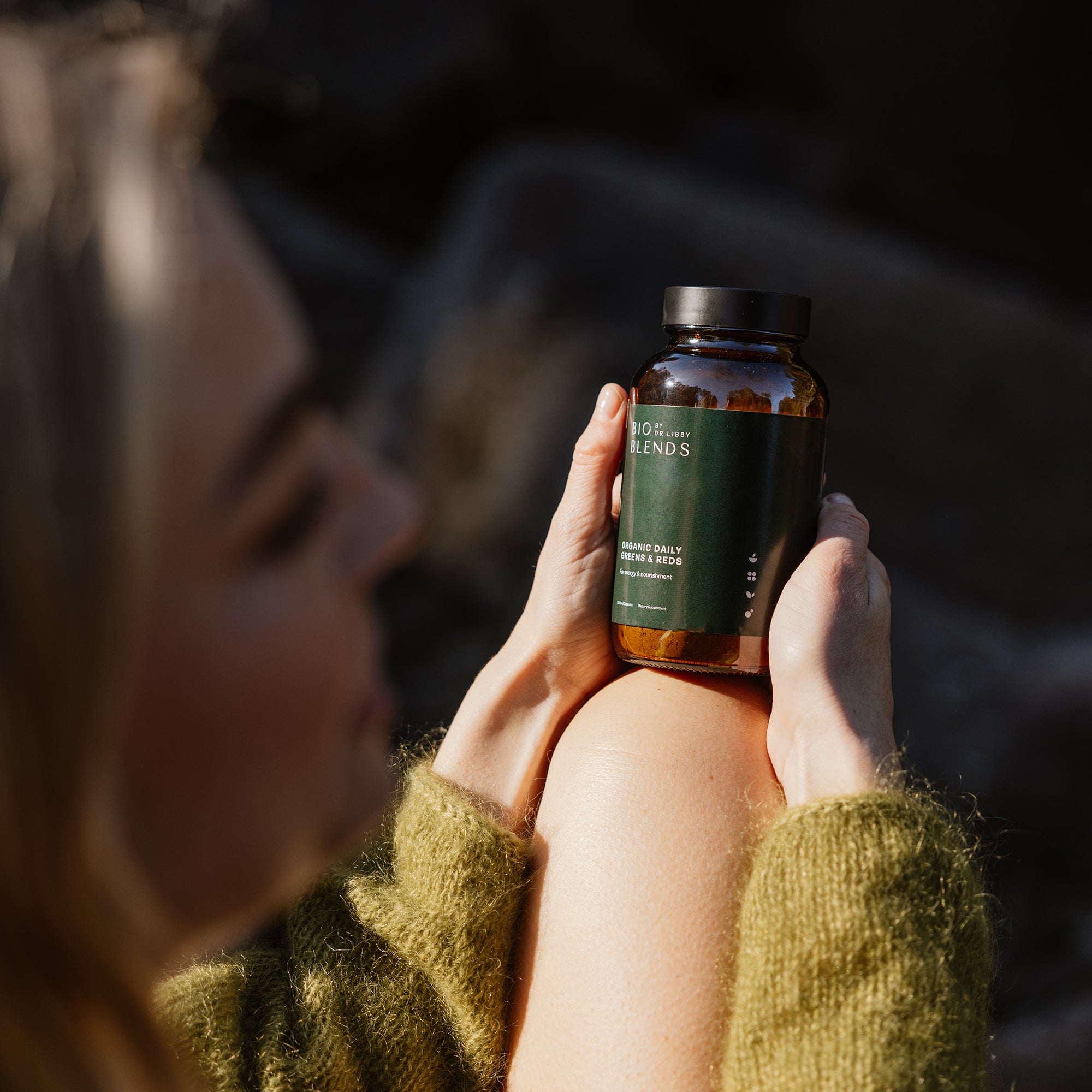
Are you at risk of iron deficiency?
Iron deficiency can develop when your needs increase, your intake or absorption is poor, or your losses are too high. Here are some of the most common contributing factors:
Increased needs
- You may need more iron than average if you:
- Are a menstruating or perimenopausal female
- Are pregnant
- Are going through adolescence (growth spurts = higher demand)
- Are a frequent blood donor
- Are an endurance athlete or train at high intensity
Increased loss
- You may lose more iron than your body can replace if you:
- Experience heavy menstrual bleeding
- Are experiencing heavier or more frequent bleeding during perimenopause or at any other time across the menstruation years
- Have frequent nosebleeds or donate blood regularly
- Have undiagnosed internal bleeding (e.g. from ulcers or gastrointestinal issues)
- Are an athlete (some iron is lost through sweat, foot-strike haemolysis and gut and bladder irritation from intense training)
Inadequate intake
You may not be getting enough iron if you:
- Follow a vegetarian or vegan way of eating
- Don’t regularly eat iron-containing foods (like red meat, offal, eggs, shellfish, legumes or leafy greens)
- Are a picky or selective eater (especially common in children; please note, fussy eating in children can also be a sign of iron deficiency)
Poor absorption
- Even if your intake is okay, your absorption might be impaired if you:
- Have inadequate stomach acid (common with persistent stress) or take antacids/PPIs
- Have coeliac disease or an inflammatory bowel condition
- Regularly drink black tea or coffee (with or without milk), or take a fibre supplement with meals
- Don’t pair non-haem iron sources with vitamin C
- Have chronic inflammation or high stress (which can elevate hepcidin and block absorption)
Low in cofactors
If iron can’t get to where it’s needed once it’s inside you, you can experience the symptoms of low iron. Nutrients needed for healthy iron metabolism are called cofactors and these include copper, beta-carotene, vitamin A and vitamin D. Not so long ago, we obtained a small amount of copper from our water as most homes had copper water pipes. These days the pipes tend to be plastic so we no longer have that subtle source of copper. Ensuring you’re obtaining all of these crucial nutrients from eating a wide variety of whole foods helps iron fulfil all of its vital roles.




